From Wikipedia, the free encyclopedia
| T-14 Armata | |
|---|---|
|
In early May 2015, this Russian Army T-14 Armata tank was seen in public
|
|
| Type | Main battle tank |
| Place of origin | Russia |
| Service history | |
| Used by | Armed Forces of the Russian Federation |
| Production history | |
| Designer | Ural Design Bureau of Transport Machine-Building, Uralvagonzavod[1] |
| Manufacturer | Uralvagonzavod[1] |
| Unit cost | 400 million rubles (approx. $7.4 million)[2] |
| Produced | 2015[3] |
| Number built | 20[3] |
| Specifications | |
| Weight | 48 tons[1][4] |
| Crew | 3[3][1] |
| Armor | 44S-sv-Sh[5][1] |
Main
armament |
125mm smoothbore 2A82-1M tank cannon[3] with 45 rounds (32 of them in the autoloader)[1] |
Secondary
armament |
12.7 mm Kord (6P49) machine gun, 7.62 mm PKTM (6P7К) machine gun[6][1] |
| Engine | ChTZ 12Н360 (A-85-3A) diesel engine[7][1] 1,500 h.p., moderated to 1,200 h.p. in normal operation[1] |
Design
Rear and side view including the commander's hatch
In addition to reactive armour the T-14 features an active protection system Afghani (Russian: Афганит). This system includes a millimeter-band radar to detect, track and intercept incoming anti-tank munitions, both hypersonic kinetic energy penetrators and tandem-charges.[1] Additionally, the crew of three is protected by an internal armored capsule[1] increasing their chance of survival in case of a catastrophic kill.
Also the main armament, the new 2A82-1M 125 mm smooth-bore cannon,[3][8] differs from the 2A46 of previous Russian and Soviet tanks.
The secondary armament consists of a 12.7 mm Kord (GRAU index 6P49) machine gun with 300 rounds and a 7.62 mm PKTM (6P7К) machine gun with 1000 rounds.[6][1]
Russia's newest tank stops during parade rehearsal
http://www.ap.org/
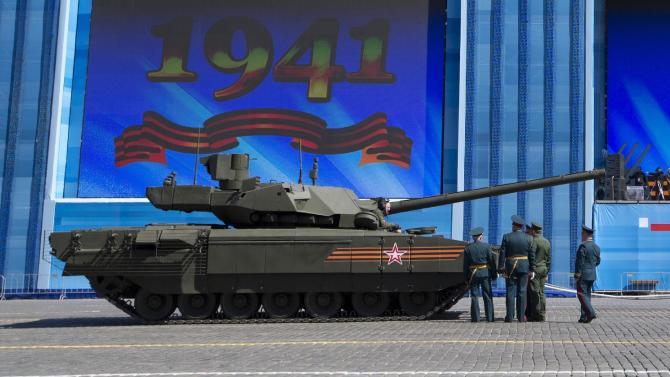
Black Eagle (tank)
From Wikipedia, the free encyclopedia
Main features
ContentsDevelopmentDevelopment started during the 1980s, when the design bureau of the Leningrad Kirov Plant (LKZ) developed a new design based on the stretched T-80U chassis. Later, when the bureau closed, the documentation was transferred to KBTM in Omsk.A mock-up of the Black Eagle was first demonstrated at the VTTV arms exposition in Omsk, in September 1997, making a single brief pass, far from the reviewing stands. The tank appeared to be a standard T-80U hull, topped by a very large turret and gun, obscured by camouflage netting and canvas. The turret later turned out to be a crude mock-up.[citation needed] An early prototype was shown at an arms exposition in Siberia, in June 1999. This tank had an elongated hull with seven pairs of road wheels instead of the T-80's six, and a turret still mostly obscured by camouflage netting. The tank was based on a lengthened T-80U hull, with an extra pair of road wheels and a brand new turret. It appeared to have had very thick front armour and new-generation Kaktus explosive reactive armour on the hull and turret. The turret had a very large, box-shaped turret bustle instead of the traditional dome shape of previous Soviet and Russian main battle tanks. According to Russian reports, the Black Eagle design had abandoned the carousel-style autoloader in the fighting compartment for an autoloader mounted in the large western-style turret bustle, which incorporates a blow-out armoured ammunition compartment for crew safety, like the U.S. M1 Abrams, the German Leopard 2, British Challenger 2, French Leclerc and several other modern western tanks. The prototype had a 125 mm tank gun, but it was stated that it may have accommodated a larger 152 mm gun[4] (compared to the 120 and 125 mm-calibre guns of main battle tanks in service). There was debate about whether the Black Eagle would incorporate the Drozd or Arena Active Protection System. CancellationThe Black eagle project was formally cancelled in 2001. Development of the Black Eagle was stopped due to financial problem, questions about the reliability of the design and, most importantly, the terrible performance of the T-80, upon which it was modeled, in the first Chechen war. The T-80 performed so poorly that after the conflict General-Lieutenant A. Galkin, the head of the Armor Directorate, convinced the Minister of Defence to never again procure tanks with gas-turbine engines.[5] This included the Black Eagle, which was promptly cancelled. The manufacturers, Omsk Transmash, attempted to appeal the decision, but were unable to pursue the appeal after filing for bankruptcy in 2002. As of July 2008, the Russian army planned to adopt a new Uralvagonzavod tank after 2010, possibly designated T-95.[6] However, development of the T-95 tank was also cancelled, in May 2010.[7] Colonel Vladimir Voitov, head of research at the Main Directorate of the Armored Troops, denied the existence of the tank in an interview with the Echo Moskvy radio in September 2009. "There was no such project...and those 20-year-old pictures show a mock-up of a futuristic tank which remained just a product of someone's imagination," ... "the turret of the vehicle did not have anything inside."[8] It was announced that some technical solutions developed for the Black Eagle tank will be incorporated into the Armata Universal Combat Platform which is currently in development.[9] 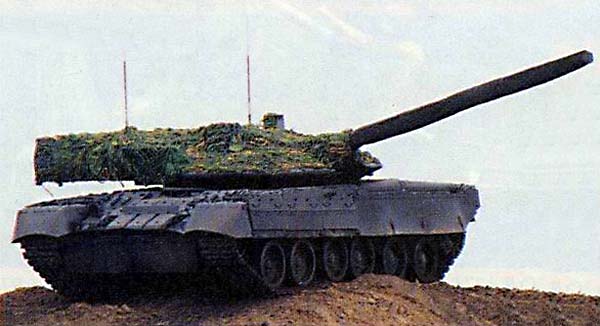 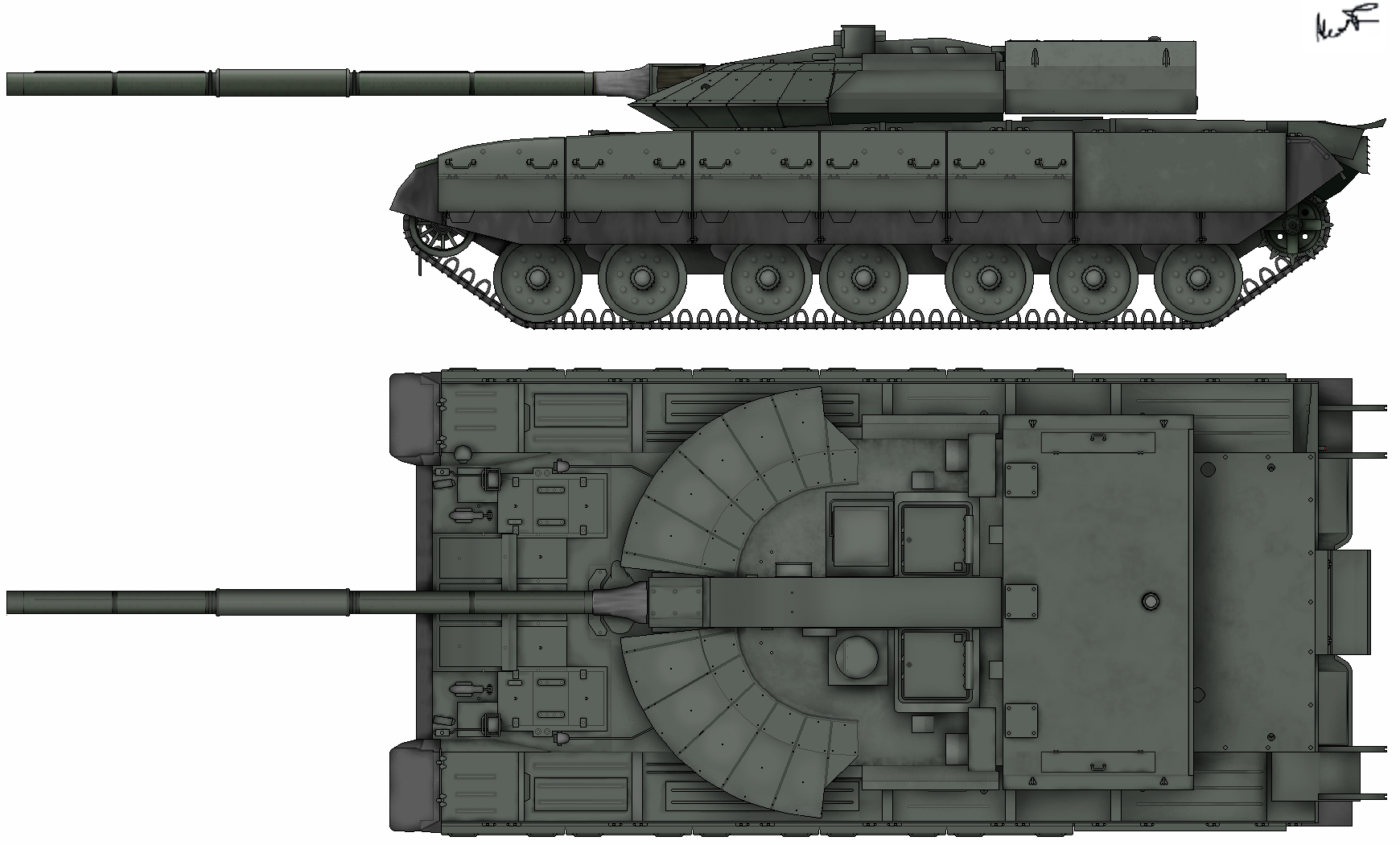 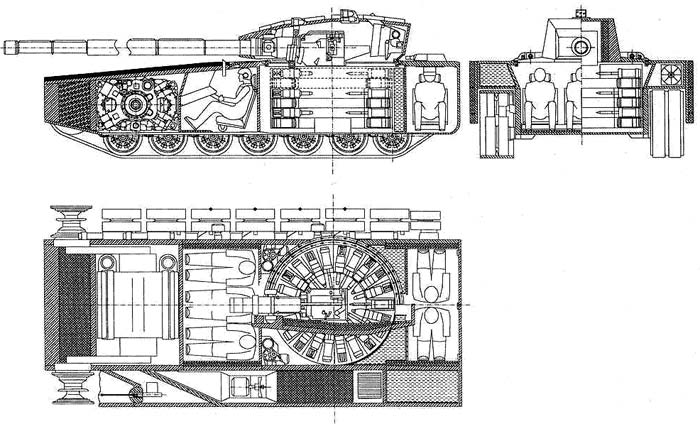  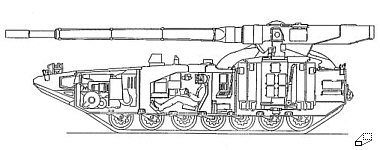  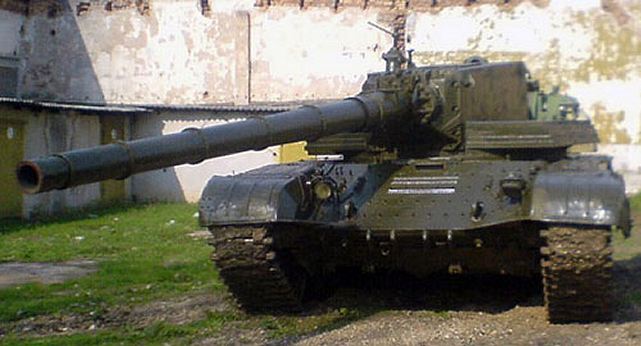    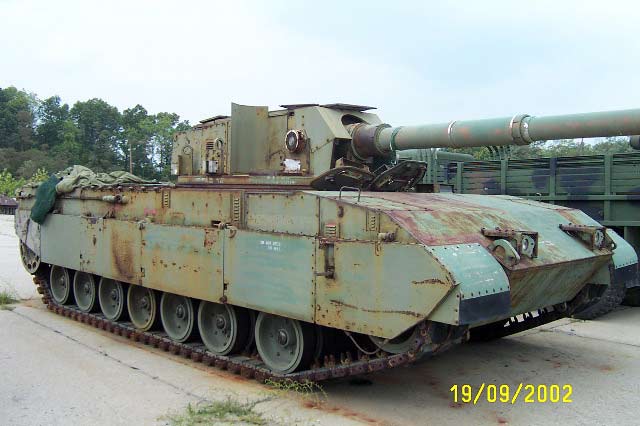 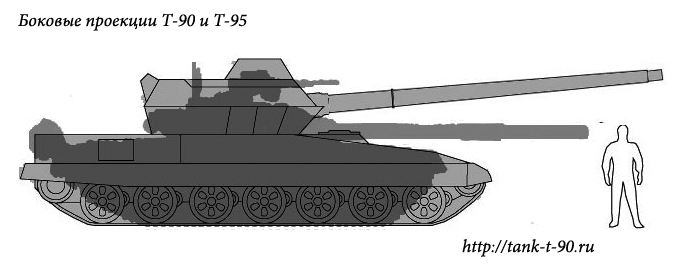    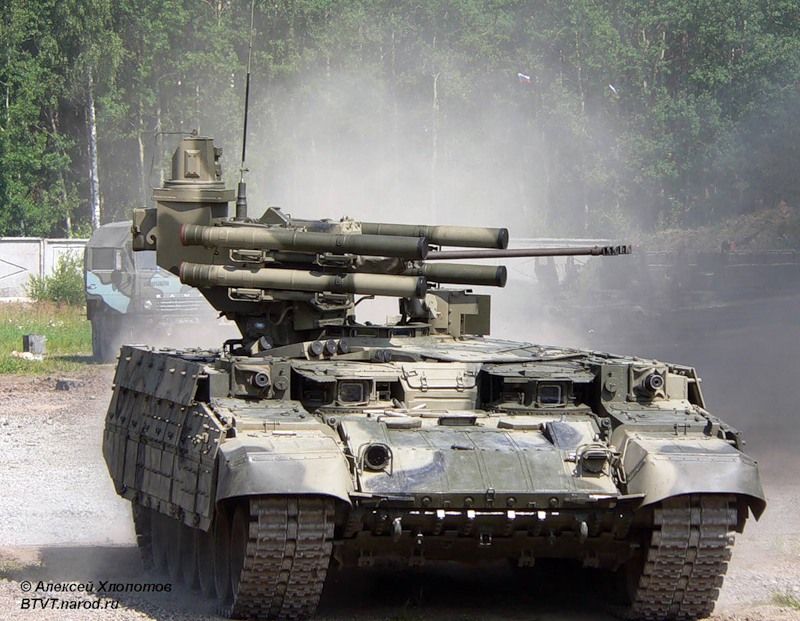 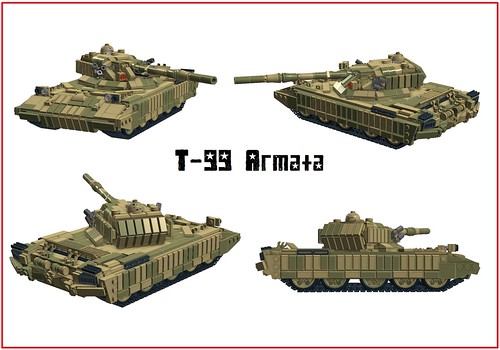 | ||||||||||||||||||||||||||||||||||||||||||||



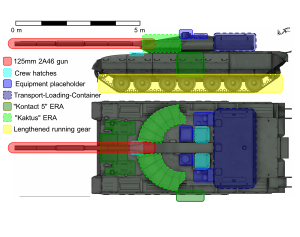


No comments:
Post a Comment